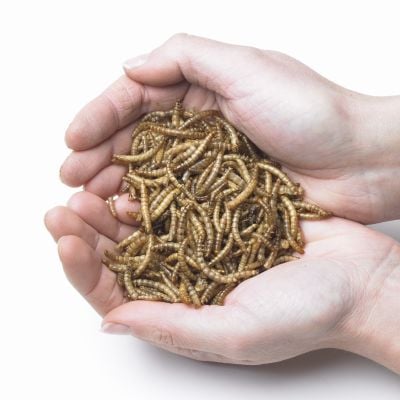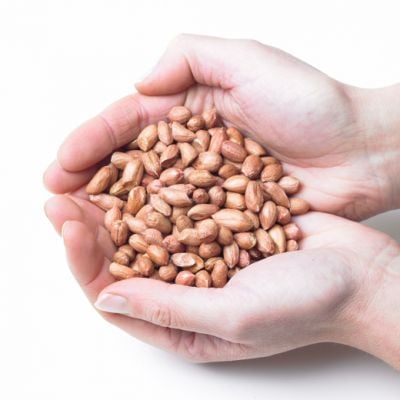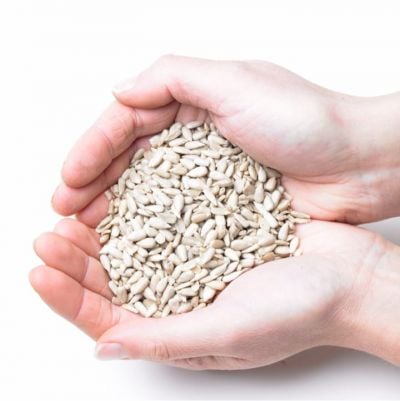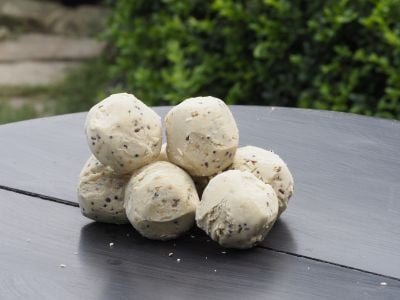Starling Factfile
If ever there was an under-loved and underrated songbird that visited our gardens, it has to be the Starling. Yes we all marvel at their impressive murmurations (flocks of Starlings in the air appearing to move as one in a wave) and even if we just see the spectacle on TV or online, but all too often they’re viewed as something of a pest in our gardens when they turn up in force and hog the feeding station. An unmistakable bird with its black, glossy plumage – which has sheens of green and purple when viewed more closely and in good sunlight – and speckled all over, Starlings are gregarious, noisy and, as far as we’re concerned, absolutely delightful.
Video footage of Starlings
Starling nesting and breeding habits
Starlings nest in some sort of cavity or hole, but where this is and what it’s in isn’t of great importance to the species. So holes in trees, cavities in walls, buildings and ruins, between rocks on cliffs and quarries, plus nest boxes with a large enough entrance hole (ideally 45mm) will all be used. Typically, loose colonies of breeding pairs are formed. The nest itself is not the neatest of constructions, and consists of plant stems, grass, moss and often lined with feathers or wool. The male builds much of the nest before paring with the female, with the latter then finishing the job with the lining. There’s usually just one clutch of eggs per season, though if this is laid early enough a second clutch may follow. There are usually four to six eggs, with both sexes sharing the incubation and then feeding the chicks.
Starling history and population trends
The population decline of the Starling in the UK started in the early 1980s, and has continued ever since. There is not, as yet, any solid evidence as to why this decline has taken place, but given the trend is very much linked to reduced levels of juvenile survival (one third of young birds historically reached the age of one, but this is now down to 15%) then it is possible that its primary food of invertebrates – in particular leather jackets (which are the larvae of crane flies) and earthworms – is either less numerous or more difficult to catch in dryer summers.
Behaviour traits of Starlings
Enjoying Starling behaviour in the garden, rather than loathing it, must start from a position of understanding that its frantic and gang-like feeding habits are to do with how it’s evolved as a gregarious species and therefore individuals need to feed quickly in order to get their share – it is NOT because they’re greedy. With this in mind, a flock of 30 or more Starlings descending on a feeding station to devour everything that hasn’t got a husk on it, actually becomes a joyful sight. As indeed does the emptying of a bird bath as six or more birds attempt to frantically bathe at once in it. In the winter months, Starlings are famed for forming huge flocks which roost in town and city centres, but ahead of coming to ground they carry out spectacular aerial displays called ‘murmurations’ with these giving the illusion of an almost solid mass of birds moving in waves in complete unison.
Starling diet and food
Like many other songbirds which largely feed on the ground, the Starling’s diet is mainly invertebrates in the summer months, then fruit and berries in the winter – with overlap between these main food types in the spring and autumn months. At garden feeding stations, Starlings will readily go for suet products (pellets, balls or blocks), peanuts in mesh feeders, plus sunflower hearts (they can’t remove the husk off seeds such as black sunflower). In the breeding season, live mealworms will readily be taken to feed to chicks in the nest and fledglings. Indeed, providing live mealworms – along with suitable nest boxes – is the best way to help reverse the Starling’s dwindling population.
What should I feed Starlings?
We recommend the following products to attract Starlings to your garden.
Bird Food
Frequently Asked Questions
Do Starlings leave the UK?
The vast majority of Starlings in the UK are resident and do not migrate for the winter. However, the population of Starlings in the UK roughly doubles in the winter as birds from northern Europe migrate here, before returning home in the spring to breed.
Where do Starlings go at night?
During the winter months, Starlings often form huge flocks and will roost together overnight in reed beds, on structures like seaside piers and on city centre buildings.
What time of day are Starlings most active?
In the breeding season Starlings are active throughout the day, though in the winter months when the species forms flocks – sometimes consisting of tens of thousands of birds – then they’re very active at dusk when they perform numerations before settling for the night.
Why are Starlings so noisy?
As a highly gregarious species, Starlings need to remain vocal at most times in order to stay together. This is apparent in young Starlings after they leave the nest and join other fledglings and then parents, and in the winter months when huge flocks are formed.
What month do Starlings nest?
Mid-April is typically when Starlings nest in the UK, with just one brood raised. However, if the clutch of eggs is laid earlier and the young go on to successfully fledge, then a second brood may be attempted.











